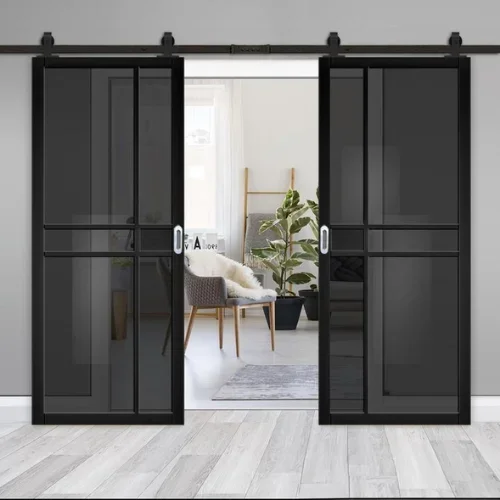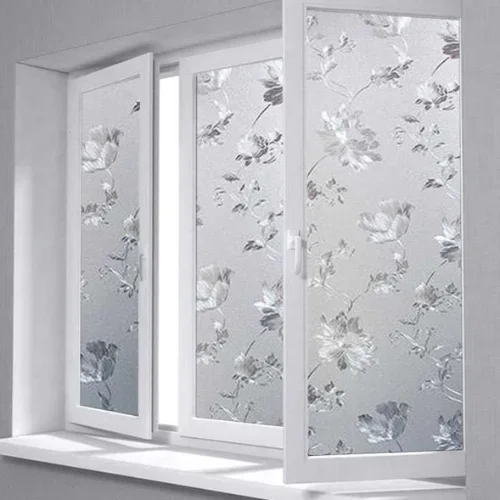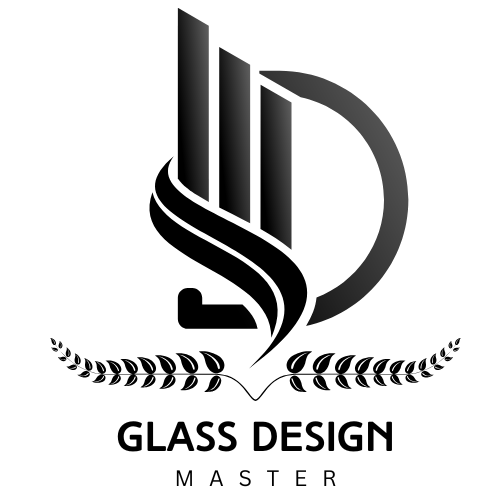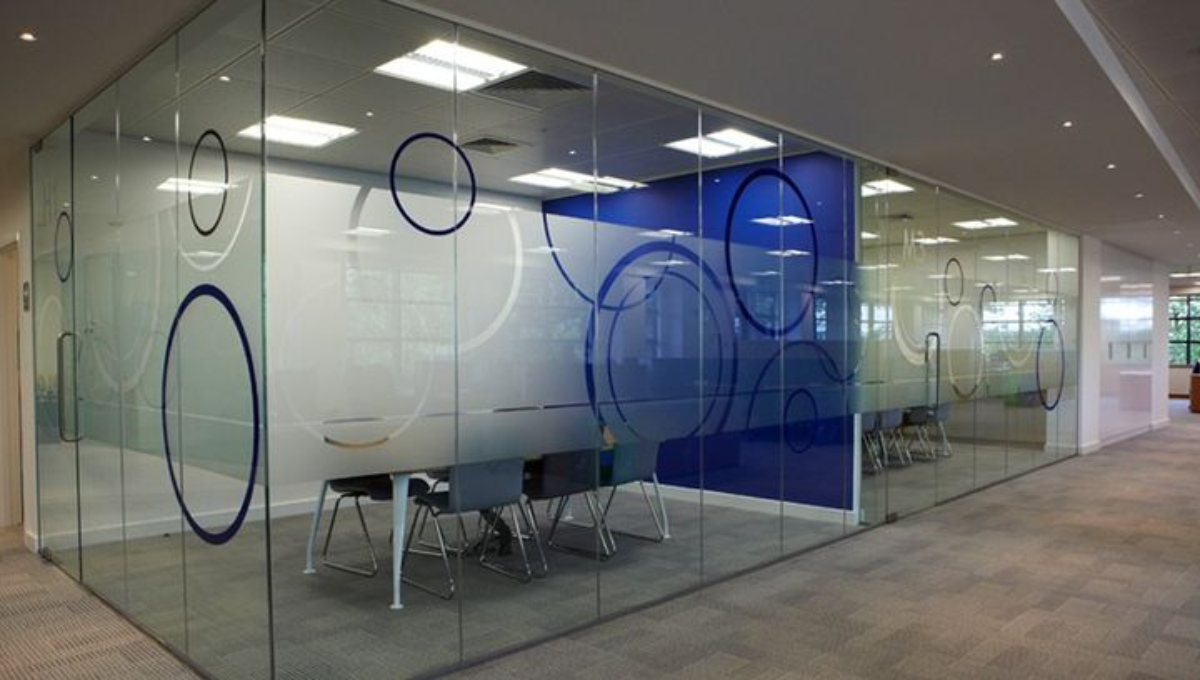Tinted Glass Design: In the ever-evolving world of design and architecture, materials that blend functionality with aesthetics are highly prized. One such material making significant strides is tinted glass. Once limited to commercial exteriors, tinted glass has now found its way into various facets of interior design, offering a harmonious blend of style, privacy, and energy efficiency.

Types of Tinted Glass Design

- Reflective Tinted Glass – This type of glass has a metallic coating that reflects heat and light, reducing glare and enhancing privacy.
- Non-Reflective Tinted Glass – A more subtle option, it absorbs light instead of reflecting it, providing a softer look.
- Smart Tinted Glass – Also known as switchable glass, it changes its opacity in response to electrical signals, offering dynamic privacy control.
- Frosted Tinted Glass – This type combines tinting with a frosted finish, making it ideal for privacy-focused applications.
- Colored Tinted Glass – Available in various shades like blue, green, bronze, and gray, it adds a decorative touch to interiors and exteriors.
- Laminated Tinted Glass – A protective layer is added to enhance safety, making it a preferred choice for high-security areas.
Benefits of Tinted Glass Design

- Energy Efficiency: Tinted glass plays a pivotal role in regulating indoor temperatures. By reflecting a substantial portion of the sun’s infrared rays, it helps keep interiors cooler during summers and warmer in winters. This natural temperature regulation reduces the reliance on artificial heating and cooling systems, leading to noticeable energy savings.
- UV Protection: Prolonged exposure to ultraviolet (UV) rays can harm both human health and interior furnishings. Modern tinted glass can block up to 99% of harmful UV rays, safeguarding inhabitants and preventing the fading of furniture, carpets, and artworks.
- Glare Reduction: Natural light is essential, but excessive glare can be a nuisance, especially in workspaces or areas with screens. Tinted glass minimizes glare without compromising on daylight, creating comfortable environments conducive to productivity and relaxation.
- Aesthetic Appeal: Beyond its functional advantages, tinted glass adds a sleek and modern touch to spaces. Available in various shades and finishes, it allows designers to experiment and achieve desired aesthetics, enhancing both exteriors and interiors.
Latest Trends in Tinted Glass Design

- Smart Glass Technology: The integration of smart technology with tinted glass has led to the development of smart glass, which can change its opacity or tint in response to electrical signals. This innovation offers dynamic control over privacy and light levels, adapting to the time of day or user preferences.
- Colored and Textured Tints: Designers are moving beyond traditional gray or bronze tints, exploring a spectrum of colors and textures. Colored PVB interlayers in laminated glass can reduce UV rays by 99%, combining aesthetic appeal with functional benefits.
- Frameless Glass Systems: Advancements in structural glazing technology have made frameless glass systems more robust and versatile. These systems offer unobstructed views and a minimalist aesthetic, making them popular in modern commercial applications.
Applications of Tinted Glass Design

- Residential Interiors
- Partitions and Doors: Tinted glass partitions and doors provide a balance between openness and privacy, making spaces feel connected yet distinct.
- Wardrobes and Cabinets: Incorporating tinted glass in wardrobes and kitchen cabinets adds sophistication, allowing for a subtle display of contents while maintaining an organized look.
- Commercial Spaces
- Facades: Tinted glass facades enhance a building’s aesthetic while improving solar performance, contributing to energy efficiency.
- Office Partitions: In open-plan offices, tinted glass partitions offer acoustic comfort and visual privacy without compromising on light transmission.
- Automotive Industry
- Tinted glass is extensively used in vehicles to reduce glare, enhance privacy, and protect interiors from UV damage, all while adding to the vehicle’s sleek appearance.
Conclusion
Tinted glass has transcended its conventional uses, emerging as a versatile material that caters to both functional needs and aesthetic desires. From enhancing energy efficiency and providing UV protection to elevating design elements in various settings, its applications are vast and continually evolving. As technology advances and design trends shift, tinted glass is poised to remain at the forefront of innovative architectural solutions.
FAQ
1. What is tinted glass?
Tinted glass is glass that has been treated with a special coating or additive to reduce light transmission, improve privacy, and enhance energy efficiency.
2. How does tinted glass improve energy efficiency?
It reflects infrared rays, keeping interiors cooler in summer and warmer in winter, reducing the need for artificial heating and cooling.
3. Can tinted glass protect against UV rays?
Yes, it can block up to 99% of harmful UV rays, protecting both human health and interior furnishings from fading.
4. Where is tinted glass commonly used?
It is used in residential interiors (doors, partitions, cabinets), commercial spaces (facades, office partitions), and automobiles (for privacy, UV protection, and heat reduction).
5. What is smart tinted glass, and how does it work?
Smart tinted glass (switchable glass) changes opacity with an electrical signal, providing dynamic privacy and light control.
6. Can tinted glass be customized?
Yes, it is available in different colors, finishes, and levels of opacity to suit various design and functional needs.

